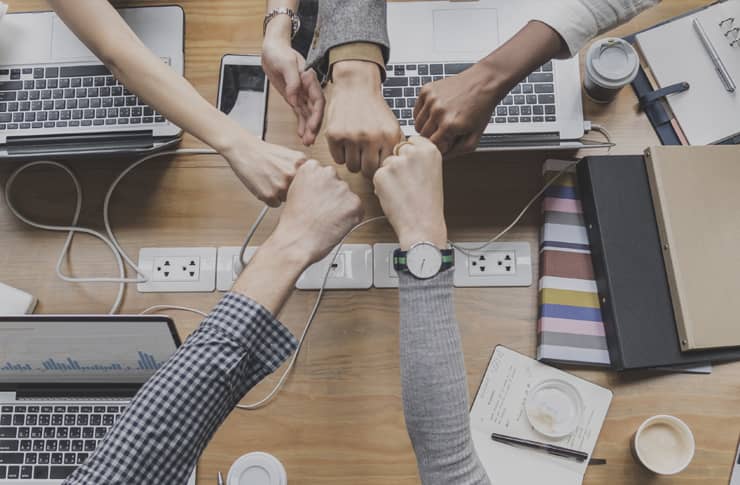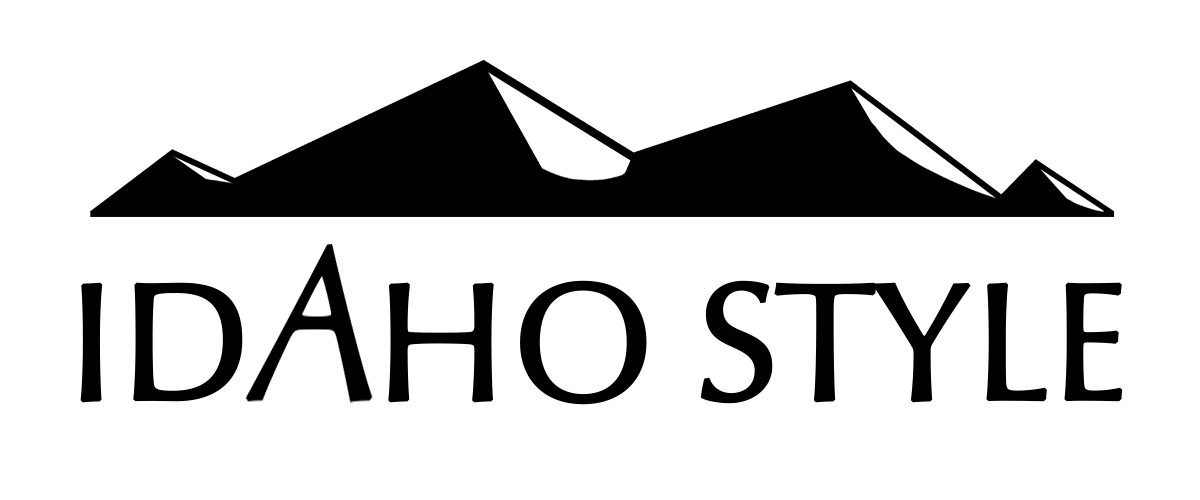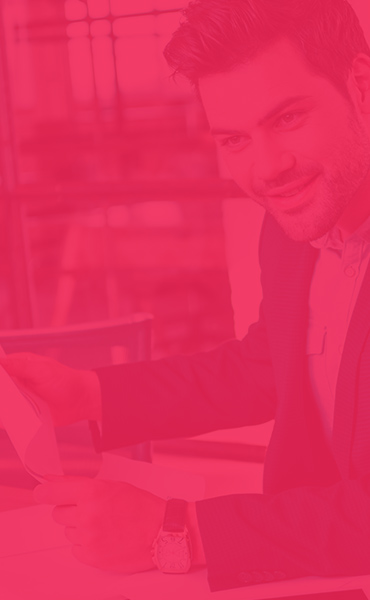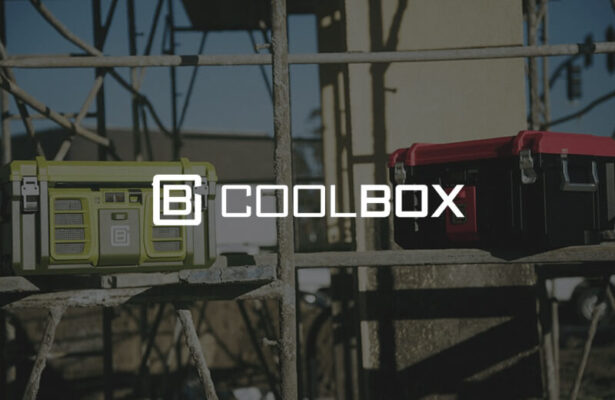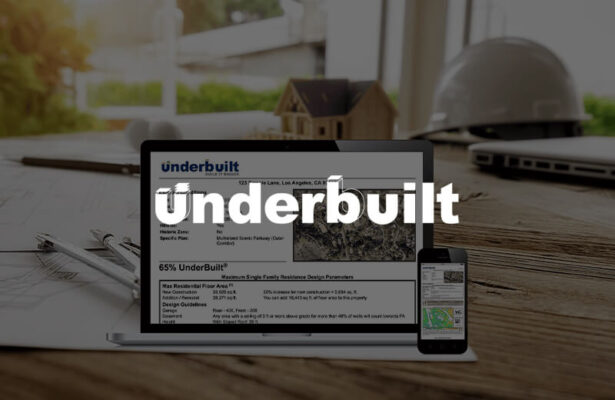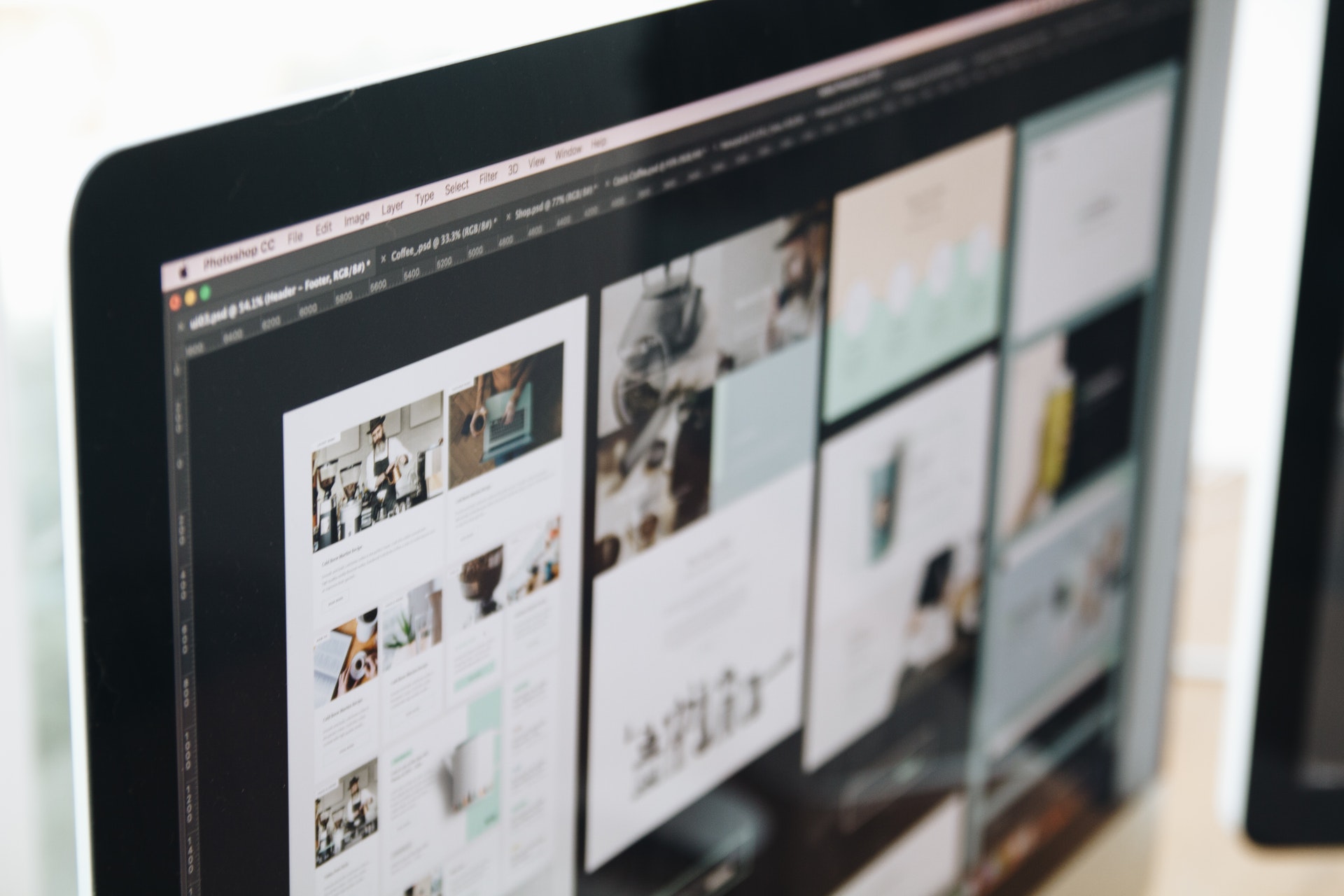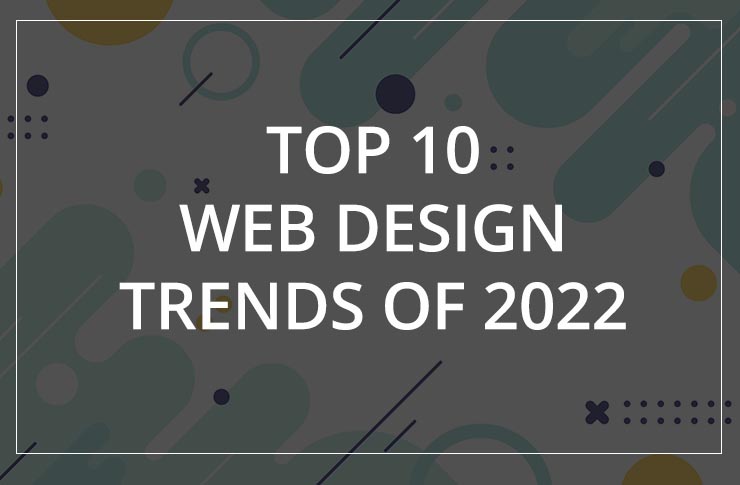In 2021, the world saw some of the biggest changes in web design since the early days of the internet. So what can we expect for web design in 2022? Here are 12 trends that will be shaping the way we browse, shop and interact online in the coming year.
Looking back over the last few years, there have been some noticeable trends in web design. Some of these include:
– Use of gradient backgrounds
– Duotone images
– Circular elements
– Overlapping elements
– Cinemagraphs
Each of these trends has its own unique set of benefits that can enhance a web page or website. Let’s take a closer look at each one.
Gradient backgrounds: Gradient backgrounds can add a touch of elegance and sophistication to a web page. They can also help to create a sense of depth and dimension.
Duotone images: Duotone images are another great way to add visual interest to a web page. By using two colors, you can create an effect that is both eye-catching and stylish.
Circular elements: Circles are a versatile shape that can be used a variety of ways on a web page. They can be used to create headers,ers, or navigation menus.
Overlapping elements: Overlapping elements can be used to create a sense of depth and movement on a web page. This is done by overlapping elements and giving them different levels of opacity.
Cinemagraphs: Cinemagraphs are great way to add movement and interest to a web page. They are essentially GIFs are slowed down so that only part of the image moves.
As we move into 2023, we start to see a glimpse of what the future of web design holds. Mobile-first design, voice search optimization, augmented reality, and virtual reality are all rapidly emerging trends that are sure to shape the landscape of web design in the years to come. Here’s 12 of the 2022 web design trends we found notable.
1. Mobile-first Designs
2. Voice search Optimization
3. Augmented reality and virtual reality
4. Interactivity
5. Personalization
6. Storytelling
7. Minimalism
8. Material design
9. Flat design
10. Asymmetry
11. Typography
12. Authentication
13. Microinteractions
What does this mean for those of us in the industry? We need to stay ahead of the curve and keep our finger on the pulse of what’s trending so that we can be prepared for whatever the future may bring.
Here are the top 12 web design trends in detail that dominated 2022:
1. Mobile-first Design
Mobile-first design is a methodology that prioritizes the mobile user experience over that of the desktop. This is because more and more people are using their smartphones and tablets to access the internet, which means that your website needs to be optimized for smaller screens.
What does this mean for web designers? We need to start thinking about how our designs will look on a mobile device first and then adjust accordingly for the desktop. This means simplifying our designs, using larger fonts and buttons, and ensuring that our content is easy to consume on a smaller screen.
2. Voice Search Optimization
Another trend that is on the rise is voice search. With the advent of digital assistants like Siri, Alexa, and Google Assistant, more and more people are using their voices to search for information online. This means that your website needs to be optimized for voice search in order to be found by potential customers.
What does this mean for web design? We need to focus on creating content that is easy to understand and use natural language. We also need to make sure that our website’s structure is easy for search engines to crawl so that they can index our content and make it available for voice search.
3. Augmented reality and virtual reality
Augmented reality (AR) and virtual reality (VR) are two technologies that are quickly gaining traction in the web design world. AR allows users to view digital information in the real world, while VR transports users into a completely simulated environment.
What does this mean for web designers? We need to start thinking about how we can use these technologies to enhance the user experience. For example, we could create AR experiences that allow users to view products in their homes before they purchase them, or we could create VR simulations that give users a realistic preview of what it would be like to use our product or service.
4. Interactivity
Interactivity is another trend that is on the rise in web design. This refers to the use of elements that allow users to interact with your website in a more meaningful way. For example, you could use interactive infographics, quizzes, or even gamification to encourage users to spend more time on your site increasing the fun and engaging factors.
How can we incorporate more interactivity into our designs? We need to think about how we can use it to add value for the user. For example, we could use it to educate users about our product or service, or we could use it to increase customer loyalty by offering rewards for interacting with our site.
5. Personalization
Personalization is another big trend that is here to stay. With the help of cookies and other tracking technologies, website owners are able to gather data about their users and use it to personalize the user experience. This could include showing them relevant content, ads, and offers based on their location, interests, and browsing history.
What does this mean for web design? We need to focus on creating custom experiences for our users that are tailored to their individual needs. This could include using data gathered from cookies and tracking technologies to personalize the user experience or even allowing users to customize their own experiences on our websites.
6. Storytelling
Storytelling is an age-old technique that is being used more and more in web design. By incorporating stories into your website, you can make a connection with your users and create an emotional bond that will keep them coming back for more.
How can we use storytelling in our designs? We need to focus on creating content that is interesting and engaging. We also need to make sure that our stories are relevant to our brand and our users.
7. Minimalism
Minimalism is a design aesthetic that prioritizes simplicity and functionality. This trend has gained popularity in recent years as people are becoming more and more inundated with information and they crave simplicity.
What does this mean for web design? We need to focus on creating clean and simple designs that are easy to navigate and use. We also need to make sure that our designs are free of clutter and unnecessary information. This plays into the #6 trend of Storytelling.
8. Material design
Material design is a design language developed by Google that combines the best of both worlds: the digital and the physical. This style uses shadows, layers, and depth to create a realistic three-dimensional effect that makes it feel like you can reach out and touch the screen.
How is this an emerging trend? We need to start thinking about how we can use these techniques to create more realistic and immersive experiences for our users. This could include using shadows and layers to create depth or using material icons to add a tactile element to our designs.
9. Flat design
On the polar opposite side – Flat design is the opposite of material design; it is a style that eliminates all unnecessary embellishments and focuses on simplicity and functionality. This trend has been gaining popularity in recent years as it provides a clean and modern look that is easy to navigate.
What does this mean for web design? We need to focus on creating clean and simple designs that are easy to navigate and use. We also need to make sure that our designs are free of clutter and unnecessary information. This plays into the #6 trend of Storytelling.
10. Asymmetry
Asymmetry is a design principle that is based on the idea that balance does not have to be symmetrical. This trend has been gaining popularity in recent years as it provides a more organic and natural look.
How can we use asymmetry in our designs? We need to think about how we can use it to create more interest and visual interest. We can do this by using different shapes, sizes, and colors to create a more dynamic design. We can also use asymmetry to create a sense of movement and energy in our designs.
11. Typography
Typography is the art of designing typefaces and arranging them in a way that is both aesthetically pleasing and easy to read. This trend has been gaining traction in web design as it can be used to create unique and interesting visual effects.
How can we use typography in our designs? We need to think about how we can use it to add visual interest and personality to our designs. We can do this by using different fonts, sizes, and colors to create a unique look. We can also use typography to add a sense of movement and energy in our designs.
12. Microinteractions
Microinteractions are small, single-purpose interactions that help users accomplish a specific task. This trend has been gaining popularity in recent years as they can help to improve the user experience by making it more engaging and interactive.
How can we use microinteractions in our designs? We need to think about how we can use them to improve the user experience. This could include using them to provide feedback, guide users through a task, or add an element of fun and interactivity.
How the 2022 Web Design Trends Shape 2023
These are just a few of the many trends that we think will shape the future of web design. As the industry evolves, so too must our designs. By staying ahead of the curve, we can ensure that our websites are always on the cutting edge.
What do you think will be the biggest trend in web design next year? Let us know in the comments below!
